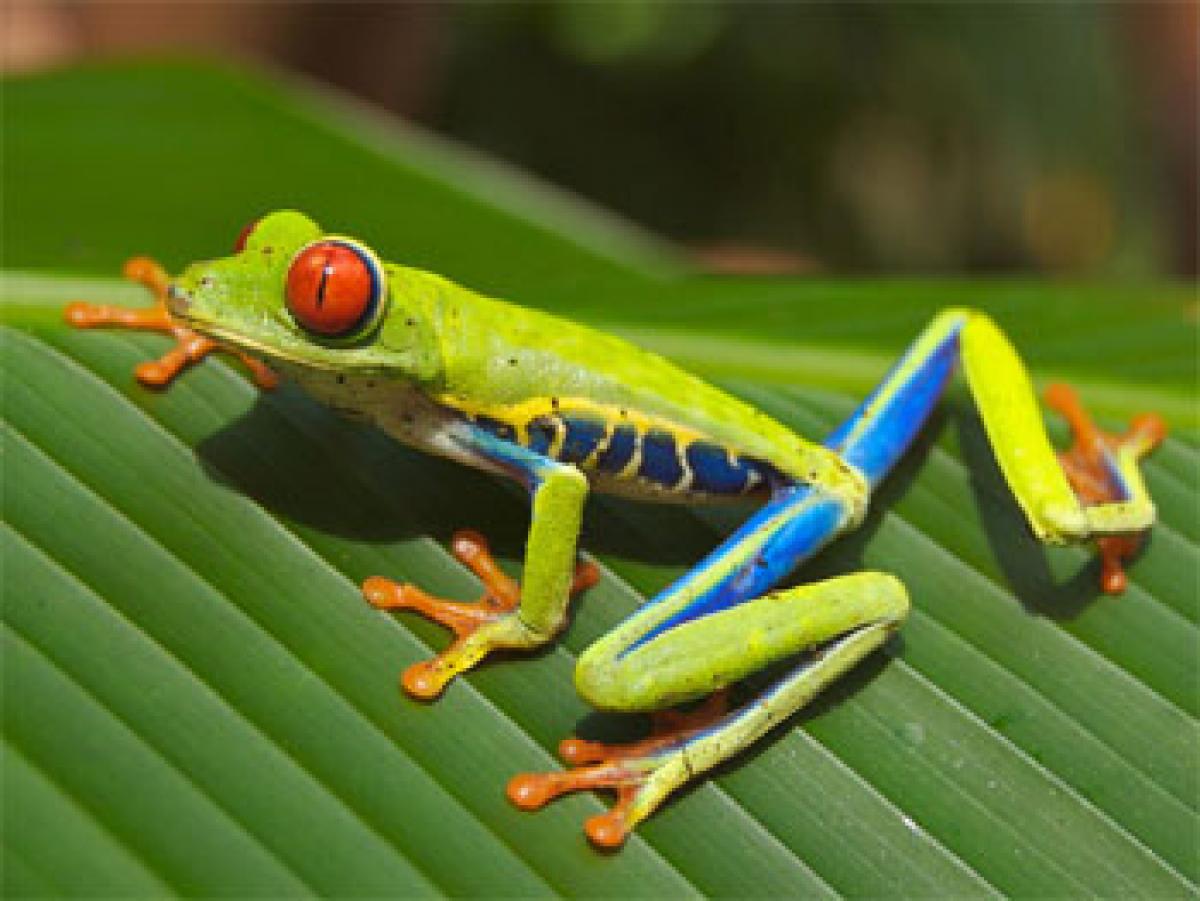Live
- Centre to offload 25 lakh tonnes of wheat in open market to bring down price
- New Zealand Test captain Tom Latham joins Warwickshire for 2025 season
- Delhi HC reserves verdict on anticipatory bail plea of Puja Khedkar
- Telangana CM Revanth Reddy Participates in Statewide Socio-Economic Survey
- Sanjay Raut hails Priyanka Gandhi as 'sherni'; SS-UBT leader whacks Congress
- From Window Shopping to Instant Deliveries: How Gen Z is Changing Retail
- Piyush Goyal launches CII's 'Ease of Doing Business' portal
- Why Apostille in Delhi and UAE Embassy Attestation in Delhi Are Crucial for International Travel and Work
- How to Promote Creativity in Children and What Preschools Should Do
- Telangana Revises Class 10 Exam Pattern: Internal Marks Removed





.jpg) London:
London:



